Application
Quantum Error Correction and Artificial Intelligence algorithms
Mathematical Principles of Information and Communications (MATHπCOM)
Group Description:
The Mathematical Principles of Information and Communications (MATHπCOM) group at Tecnun focuses its research on:
- Methods to achieve reliable quantum computing, including quantum noise modeling, quantum error correction, and quantum error mitigation.
- Communication and Information Theory, both classical and quantum, particularly in the design of advanced algorithms for information compression, storage, transmission, and processing.
- Digital and Analog Communication Networks and future Quantum Communication Systems.
- Statistical Signal Processing and System Optimization.
The group’s main objectives are to generate new knowledge in the mentioned fields and apply it in various sectors such as telecommunications, industry, mobility, and health. Notably, their research in error-correcting codes is fundamental for future quantum computers.
The scientific interest of the University of Navarra is to contribute to solving the challenges posed by society in collaboration with other individuals and institutions, with sustainable development and care for people and the environment as references for project orientation.
Researchers Pedro Crespo Bofill, Xabier Insausti Sarasola, and Josu Etxezarreta Martínez specialize, among other topics, in studying error correction in quantum algorithms and circuits (e.g., some of their recent works on quantum communication channels published in npj Quantum Information 7 (1), 1-10, 2021).
The group is composed of Josu Etxezarreta Martinez, Reza Dastbasteh, Antonio de Martí i Olius, Javier Oliva del Moral, Olatz Sanz, Xabier Insausti Sarasola, and Bruno Sunsundegi.
Activity description:
This activity focuses on quantum algorithms for error correction, a fundamental component in the development of scalable quantum computing. The problem will be addressed from the perspective of its relationship with artificial intelligence.
- Design and implement an error correction code capable of combining the available physical qubits in the quantum computer so that some of them remain protected and, possibly, can be used for computing tasks.
- Characterize decoherence processes to create a noise model as realistic as possible and adapted to the architecture where the error codes will be implemented.
- Explore how the decoding task of the code can be improved with AI and how improvements in the correction algorithms themselves can be transferred to comparable problems in AI.
Results
Superadditivity effects of quantum capacity decrease with the dimension for qudit depolarizing channels Journal Article
In: Physical Review A, vol. 108, iss. 3, 2023.
Performance enhancement of surface codes via recursive minimum-weight perfect-match decoding Journal Article
In: Physical Review A, vol. 108, iss. 2, 2023, ISBN: 2469-9934.
Multiqubit time-varying quantum channels for NISQ-era superconducting quantum processors Journal Article
In: Physical Review Research, vol. 5, 2023, ISBN: 2643-1564.




